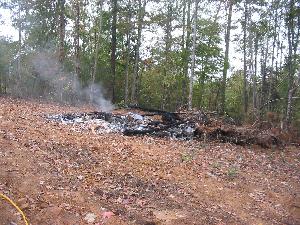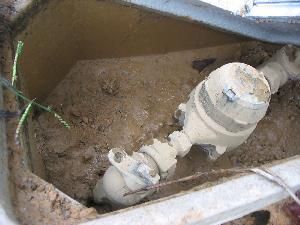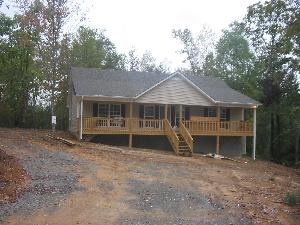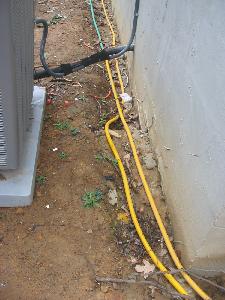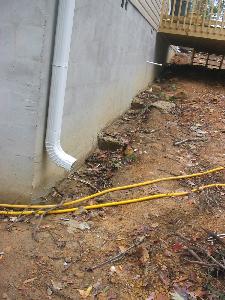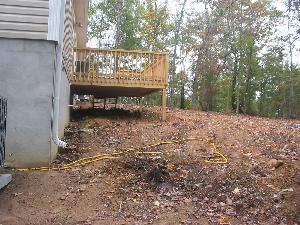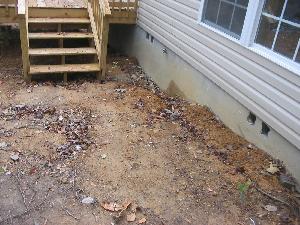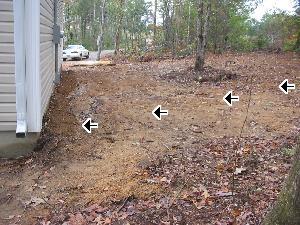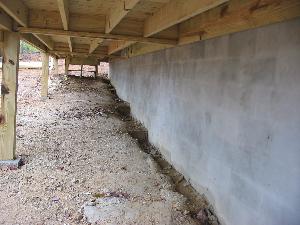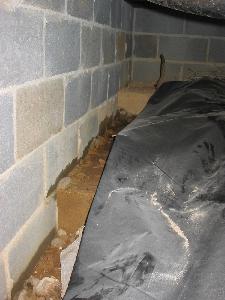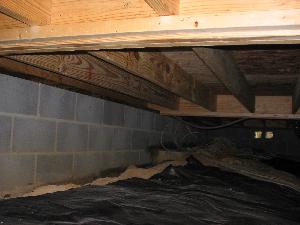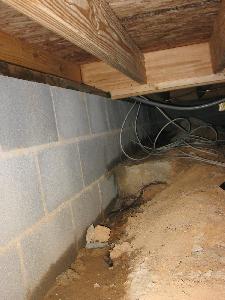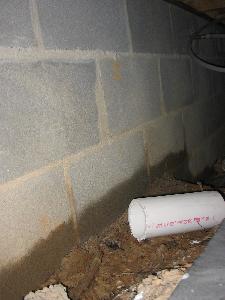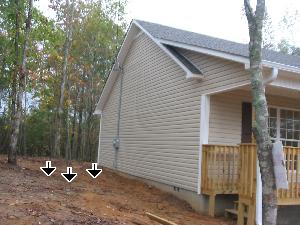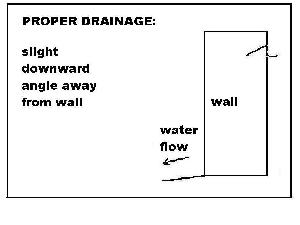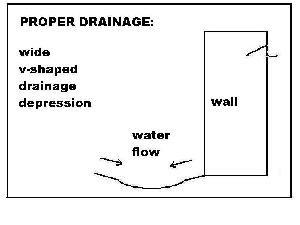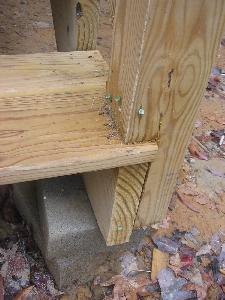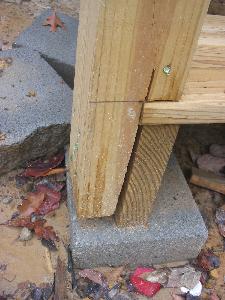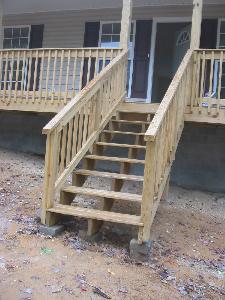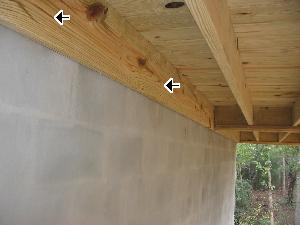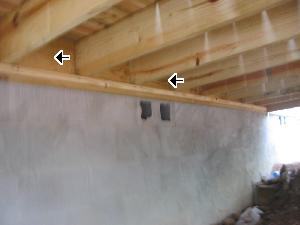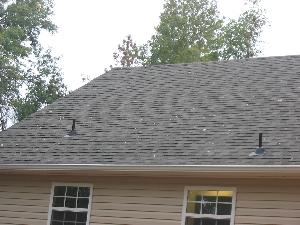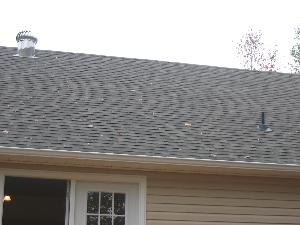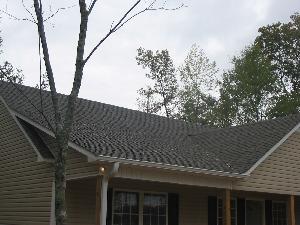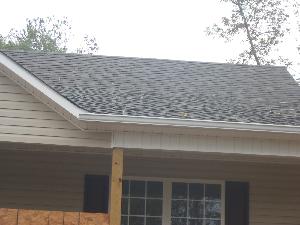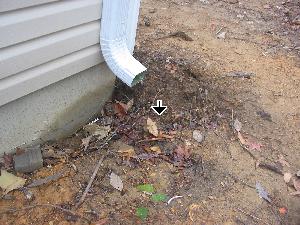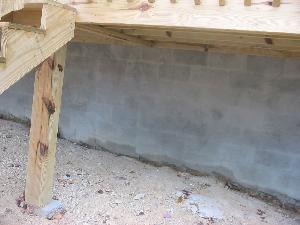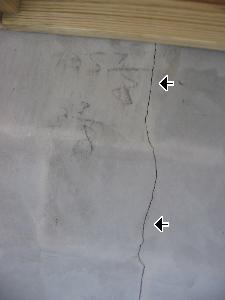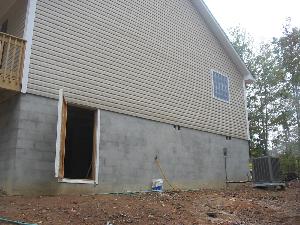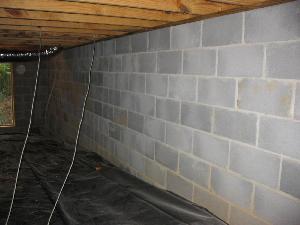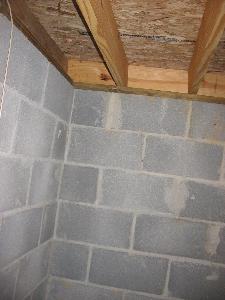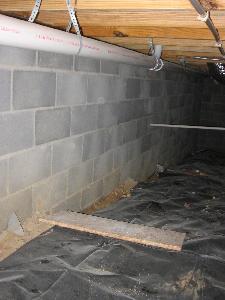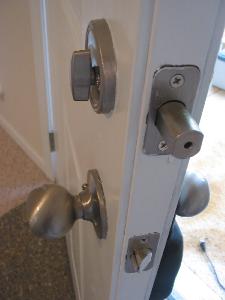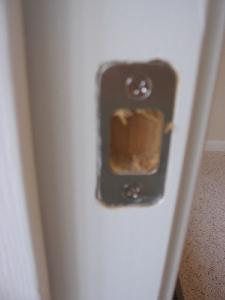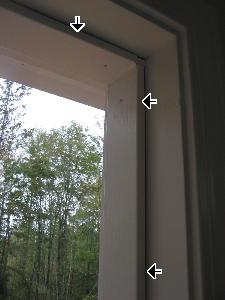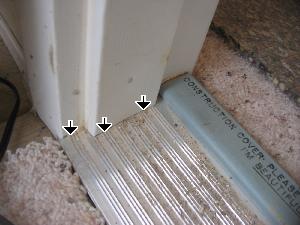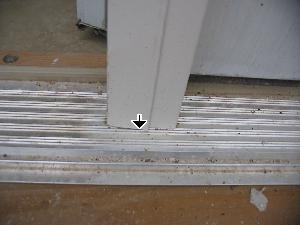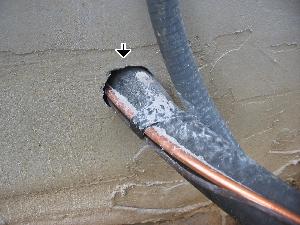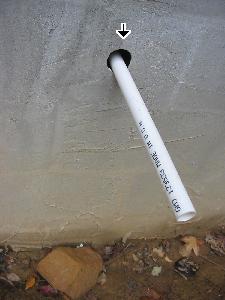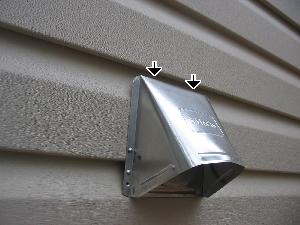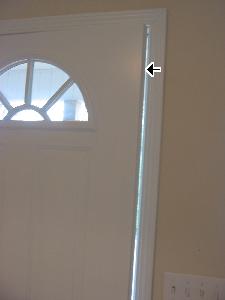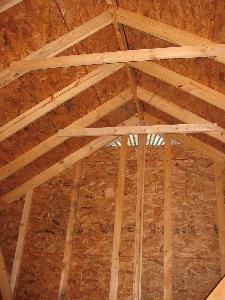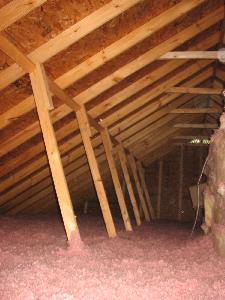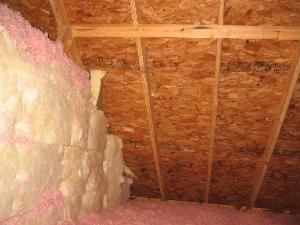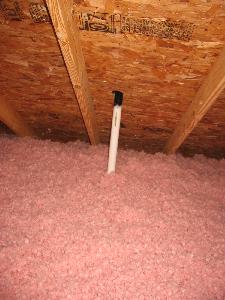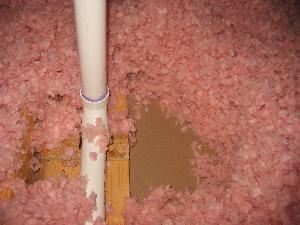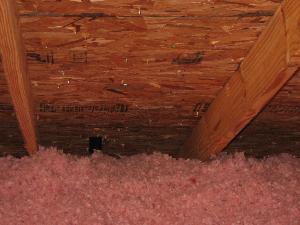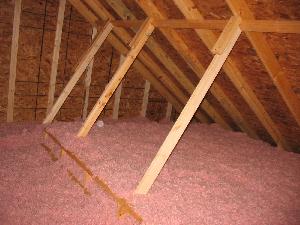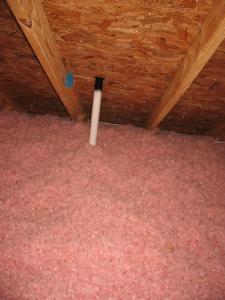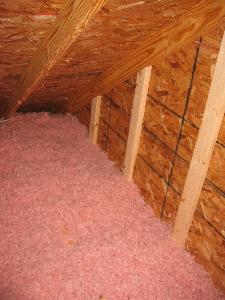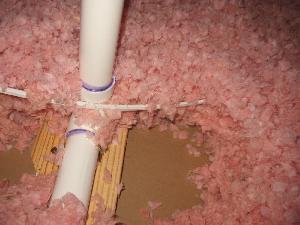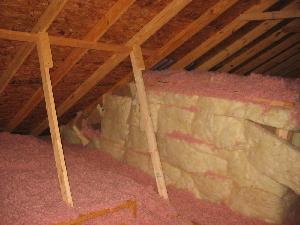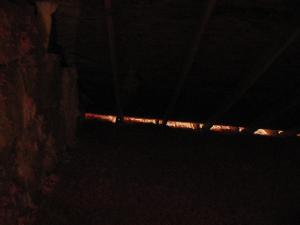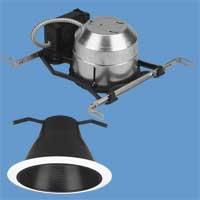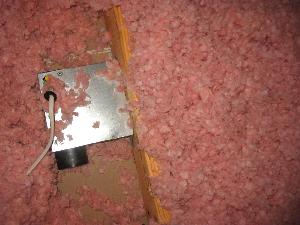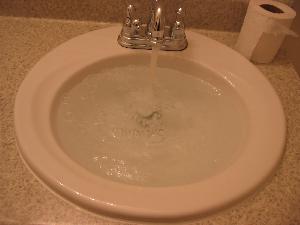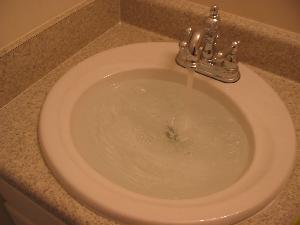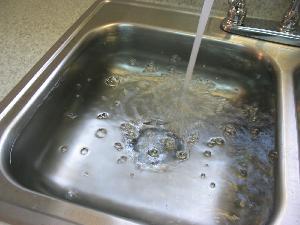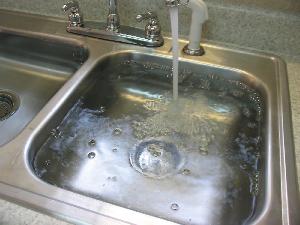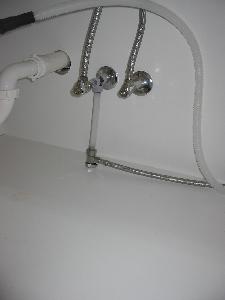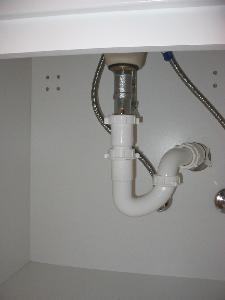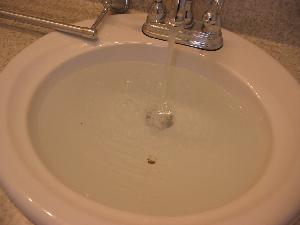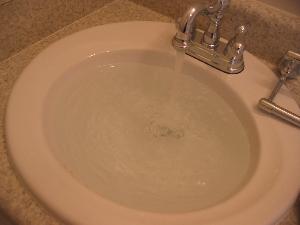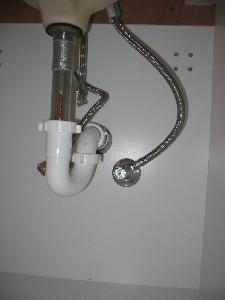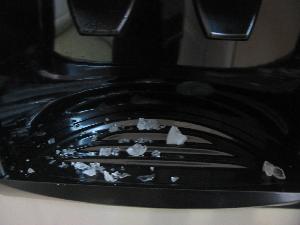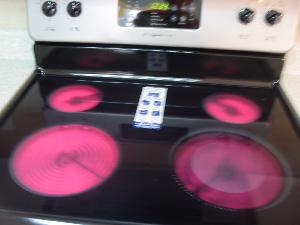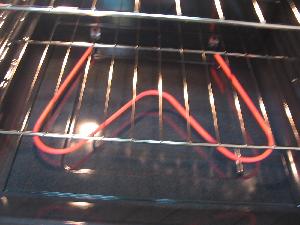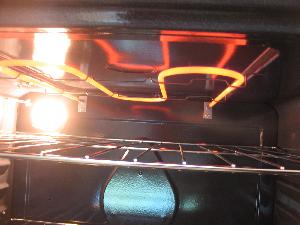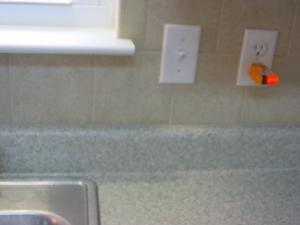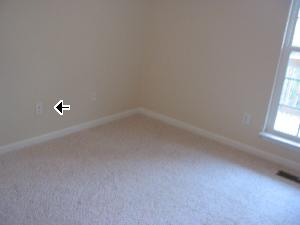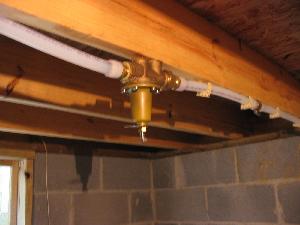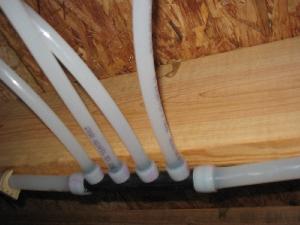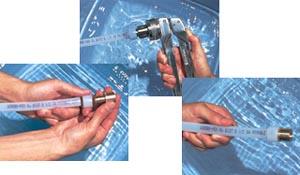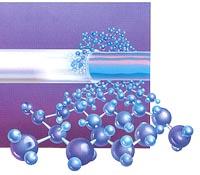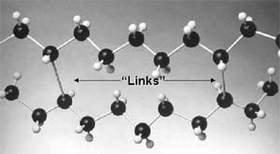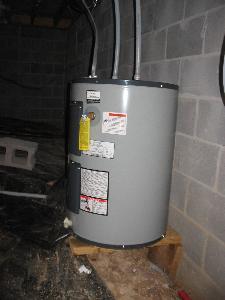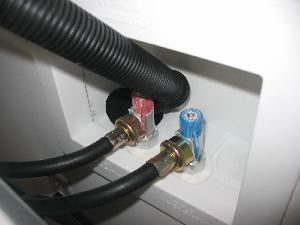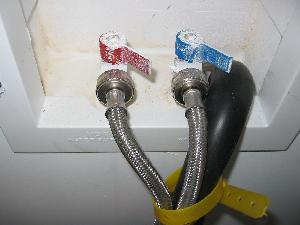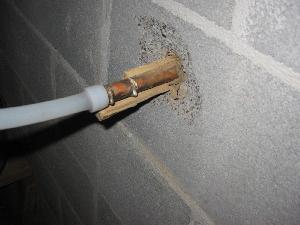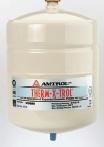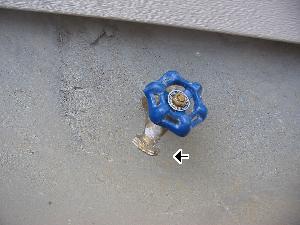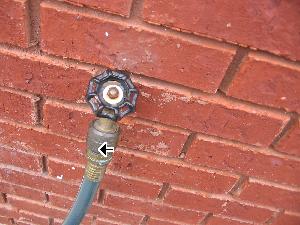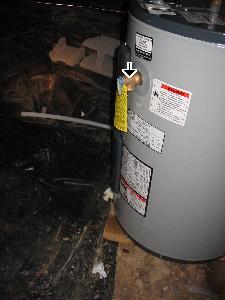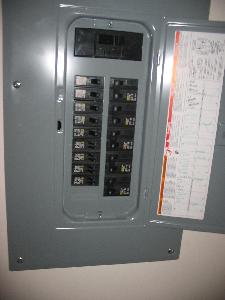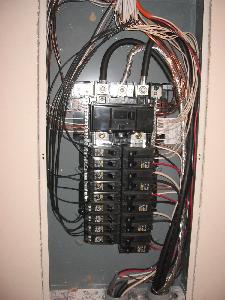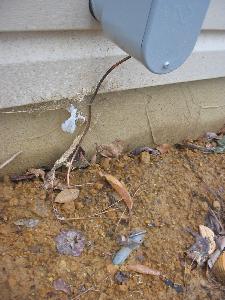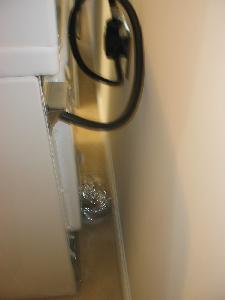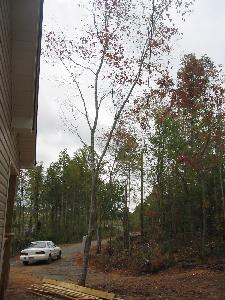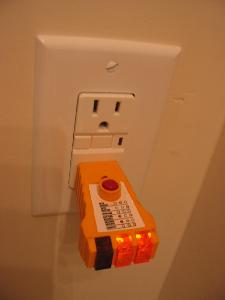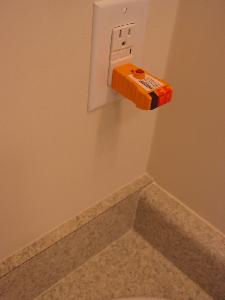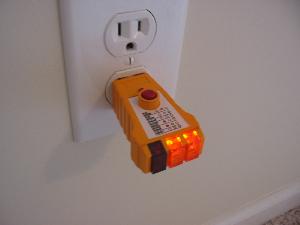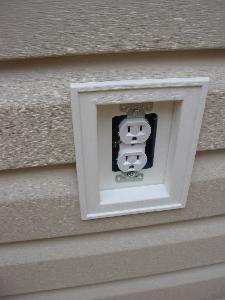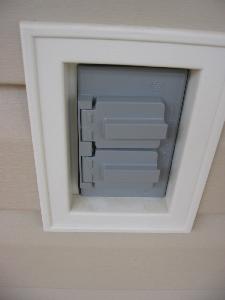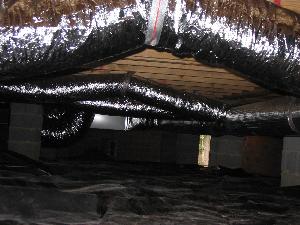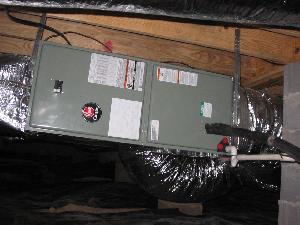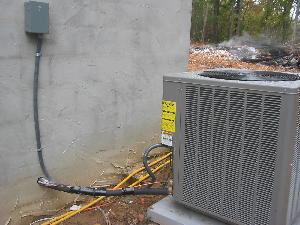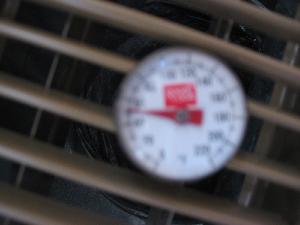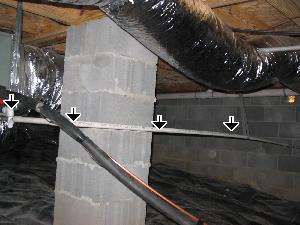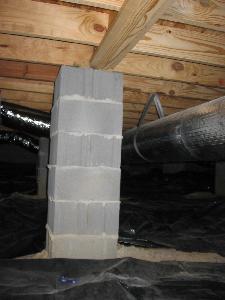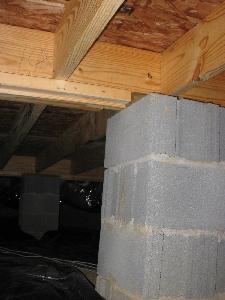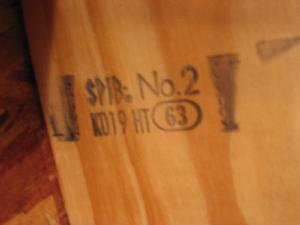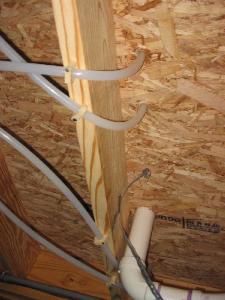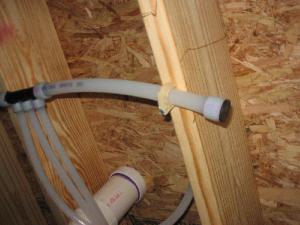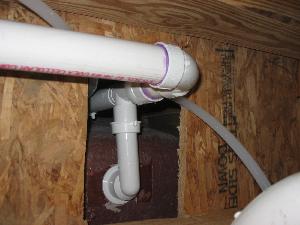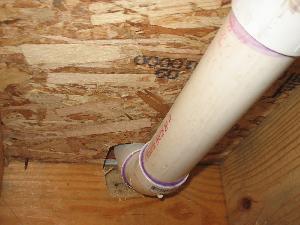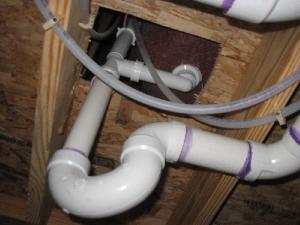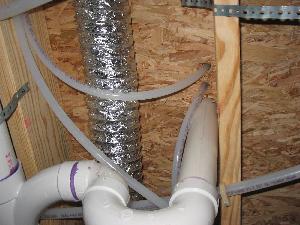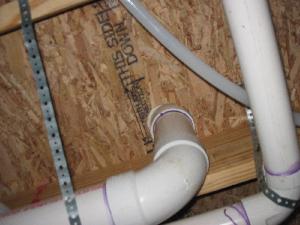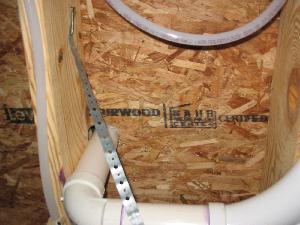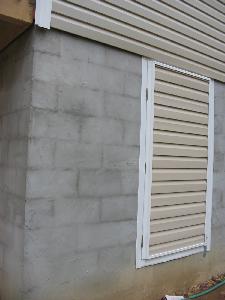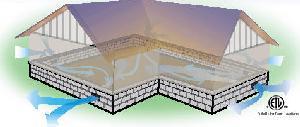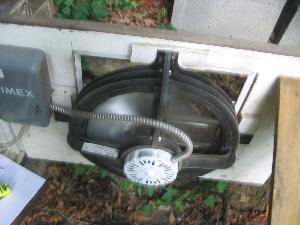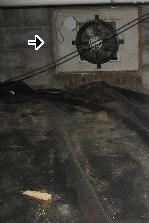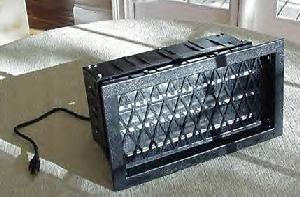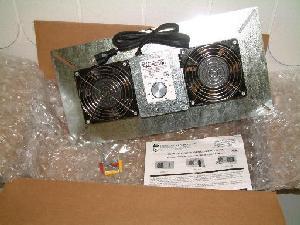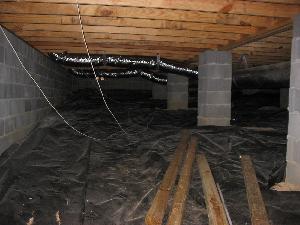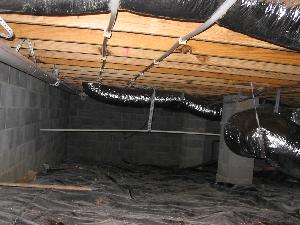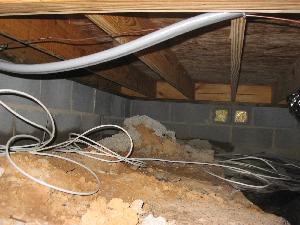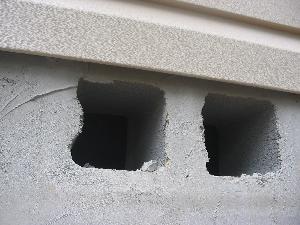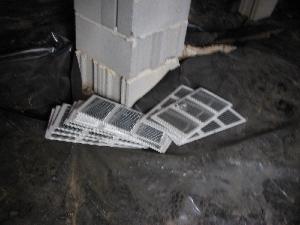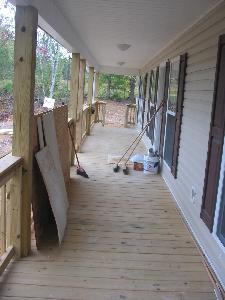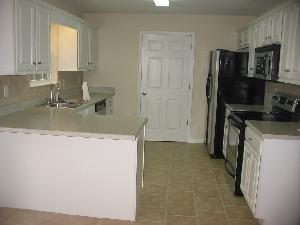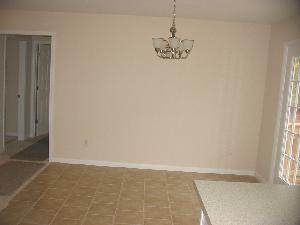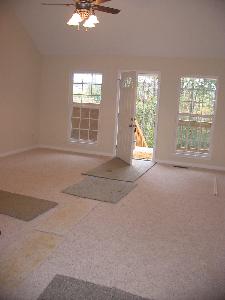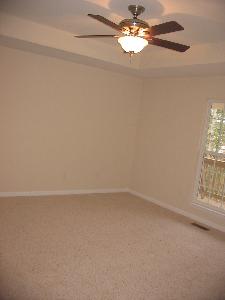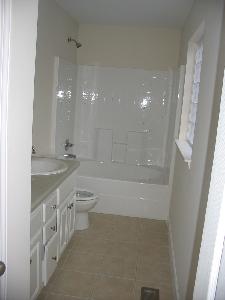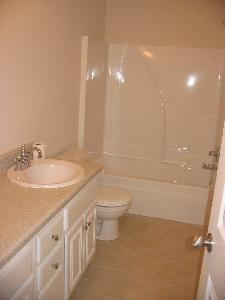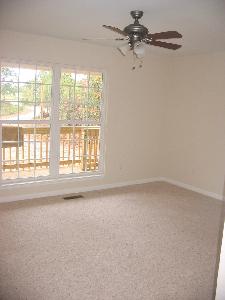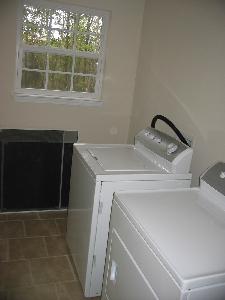
ACE Home Inspections, LLC
P.O. Box 1993
Alabaster, AL 35007
(205)401-3030 |
|
Customer
Sample |
|
Home
Sample
|
|
Real Estate Agent
Sample
|
|
|
Weather:
Cloudy | Inspection
Date
Wednesday, October 24, 2007
Report ID:
07030 FINAL REPORT
| |
Temperature:
65 to 70 degrees |
Inspected By
Jeff Aiken
| |

SUMMARY

ACE Home
Inspections, LLC
P.O. Box 1993
Alabaster, AL 35007
(205)401-3030
|
|
Customer
Sample |
|
Home
Sample
|
The following items or discoveries
indicate that these systems or components do not function as intended or
adversely affects the habitabilty of the dwelling; or appear to warrant further
investigation by a specialist, or requires subsequent observation.
This summary shall not contain recommendations for routine upkeep of a system
or component to keep it in proper functioning condition or recommendations to
upgrade or enhance the function, efficiency, or safety of the home.
This Summary is not the entire report. The complete report may include
additional information of concern to the customer. It is recommended that the
customer read the complete report.
ACE Home Inspections, LLC
Home inspectors are not required to report on the following: Life expectancy
of any component or system; The causes of the need for a repair; The methods,
materials, and costs of corrections; The suitability of the property for any
specialized use; Compliance or non-compliance with codes, ordinances, statutes,
regulatory requirements or restrictions; The market value of the property or its
marketability; The advisability or inadvisability of purchase of the property;
Any component or system that was not observed; The presence or absence of pests
such as wood damaging organisms, rodents, or insects; or Cosmetic items,
underground items, or items not permanently installed. Home inspectors are not
required to: Offer warranties or guarantees of any kind; Calculate the strength,
adequacy, or efficiency of any system or component; Enter any area or perform
any procedure that may damage the property or its components or be dangerous to
the home inspector or other persons; Operate any system or component that is
shut down or otherwise inoperable; Operate any system or component that does not
respond to normal operating controls; Disturb insulation, move personal items,
panels, furniture, equipment, plant life, soil, snow, ice, or debris that
obstructs access or visibility; Determine the presence or absence of any
suspected adverse environmental condition or hazardous substance, including but
not limited to mold, toxins, carcinogens, noise, contaminants in the building or
in soil, water, and air; Determine the effectiveness of any system installed to
control or remove suspected hazardous substances; Predict future condition,
including but not limited to failure of components; Since this report is
provided for the specific benefit of the customer(s), secondary readers of this
information should hire a licensed inspector to perform an inspection to meet
their specific needs and to obtain current information concerning this property.
ACE Home Inspections, LLC
Prepared Using HomeGauge http://www.homegauge.com/ SHGI (c)
2000-2003 : Licensed To Jeffrey James Aiken
Styles & Materials
PROPERTY SLOPES DOWN TO RIGHT
ALL WATER DRAINS TO RIGHT
|
NONE
|
LONG GRAVEL
DRIVEWAY
|
|
Inspection Items
Styles & Materials
RECESSED UNDER HOUSE ROOF
VINYL COVERED CEILING
6X6
WOOD ROOF SUPPORTS
DECK STYLE
CONSTRUCTION
6X6 WOOD DECK
POSTS
2X8 WOOD FLOOR
JOISTS
SPACED 16 INCHES
APART
|
NO ROOF
2X8 WOOD FLOOR
JOISTS
SPACED 16 INCHES
APART
4X4 WOOD DEC POSTS
|
2 SETS WOOD PORCH STEPS
WOOD DECK STEPS
|
WOOD BANISTERS
WITH PICKETS
|
Inspection Items
Styles & Materials
BOTH HAVE DEADBOLT
NO
STORM DOORS
|
VINYL
VINYL
SASHES
SINGLE-HUNG
DOUBLE-PANE
|
VINYL LAP BOARDS
|
VINYL AND ALUMINUM
|
ALUMINUM
|
CONCRETE BLOCK
EXTERIOR
MORTAR SWISHED
|
GROUND (binoculars)
|
MAIN IS GABLE TYPE
FRONT
PERPENDICULAR GABLE
|
FIBERGLASS ASPHALT SHINGLES
|
ONE
|
4 TOTAL PIERCE ROOF
|
NEW
|
GABLE VENTS
SOFFIT
VENTS
1 WIND TURBINE
|
NONE
|
NONE
|
47FT WIDE X 30FT DEEP
|
Inspection Items
Styles & Materials
2 x 6 WOOD RAFTERS
PRESSED
WOOD ROOF DECKING
COLLAR-TIE BRACING
BOARDS
PURLIN BRACING BOARDS
|
2 x 6 WOOD JOISTS
|
24 INCHES
|
24 INCHES
|
FIBERGLASS
|
12 INCHES
|
R-30
|
HIGH CLEARANCE ATTIC
NO
DECKING FOR STORAGE
1 SWITCHED
LIGHT
|
Inspection Items
Styles & Materials
FRIGIDAIRE
DATED
08/2007
|
37 DEG
|
FRIGIDAIRE
|
ELECTRIC
|
NORMAL UNDER COOKTOP
|
ELECTRIC
|
FRIGIDAIRE
DATED JUNE
2007
|
PART OF MICROWAVE
|
RECYCLED EXHAUST
|
FRIGIDAIRE
|
NONE
|
NONE
|
PLASTERBOARD
|
PLASTERBOARD
|
CARPET
CERAMIC TILE
|
2 FULL
|
2 ONE-PIECE ACRYLIC TUBS
WITH A SHOWER
|
FORMICA COVERED WOOD VANITIES
MASTER GLAZED WINDOW
EXHAUST FANS
|
DUAL BASIN STAINLESS SINK
WINDOW OVER SINK
|
EAT-IN KITCHEN
HANGING
LIGHT FIXTURE
NO FORMAL DINING
ROOM
|
39 INCHES
|
72 INCHES
|
12.78FT HIGH LIVING ROOM
LIVING ROOM STORAGE
CLOSET
|
Inspection Items
Styles & Materials
WIRSBO 3/4 TUBING
|
WIRSBO CLEAR PEX TUBING
|
WHITE PVC(polyvinyl chloride) PIPING
|
UNKNOWN
|
PUBLIC/COUNTY
|
AMERICAN
DATED 31ST WEEK OF 2007
|
CRAWLSPACE
|
ELECTRIC
|
38 GAL
|
NONE OBSERVED
|
240 ELECTRIC
|
CRAWLSPACE
AT
STREET
|
WHITE PVC(polyvinyl chloride)
PIPING
WIRSBO TUBING
|
WHITE PVC(polyvinyl chloride)
PIPING
WIRSBO TUBING
|
FRIGIDAIRE
CYCLED
OKAY
|
FRIGIDAIRE
CYCLED
OKAY
|
Inspection Items
Styles & Materials
ABOVE GROUND
USES A DRIP LOOP
ATTACHES
TO A MAST
ATTACHES TO SIDING
|
CIRCUIT BREAKERS
|
ROMEX
|
COPPER
|
RATED 200 AMP
IN MAIN PANEL
CUTS ALL
POWER
|
200 AMP
|
LAUNDRY ROOM
|
SQUARE D
|
SQUARE D
|
|
Inspection Items
Styles & Materials
HOUSE
|
CRAWLSPACE
|
ELECTRIC
|
FORCED AIR
HEAT
PUMP
|
RHEEM CLASSIC
|
DATED 09/2007
|
NO HEAT CHECK - ABOVE 65 OUTSIDE
NOT MEASURED
|
INSULATED ROUND
|
20X30
25X25
LIVING
ROOM
|
ELECTRIC COILS
|
91
DEG
|
Inspection Items
Styles & Materials
HOUSE
|
CENTRAL
|
50 DEG
|
70 DEG
|
RHEEM CLASSIC
DATED 09/2007
3 TON
EVAPORATOR COIL
|
WEATHERKING
DATED 08/2007
3 TON
CONDENSER COIL
|
|
Inspection Items
Styles & Materials
FULL CRAWLSPACE
|
FULL CONCRETE BLOCK
WALLS
|
2X8 WOOD FLOOR JOISTS
PRESSED WOOD FLOOR DECKING
|
16 INCHES
|
CONCRETE BLOCK
2 ROWS OF 5
|
LEFT SIDE
CRAWL
RIGHT SIDE STOOP
|
DIRT
FULL PLASTIC VAPOR
BARRIER
|
WATER HEATER
HEAT PUMP
UNIT
DUCTWORK
|
Inspection Items
Inspection Items
Prepared Using
HomeGauge http://www.homegauge.com/
SHGI (c) 2000-2003 : Licensed To Jeffrey James Aiken 



